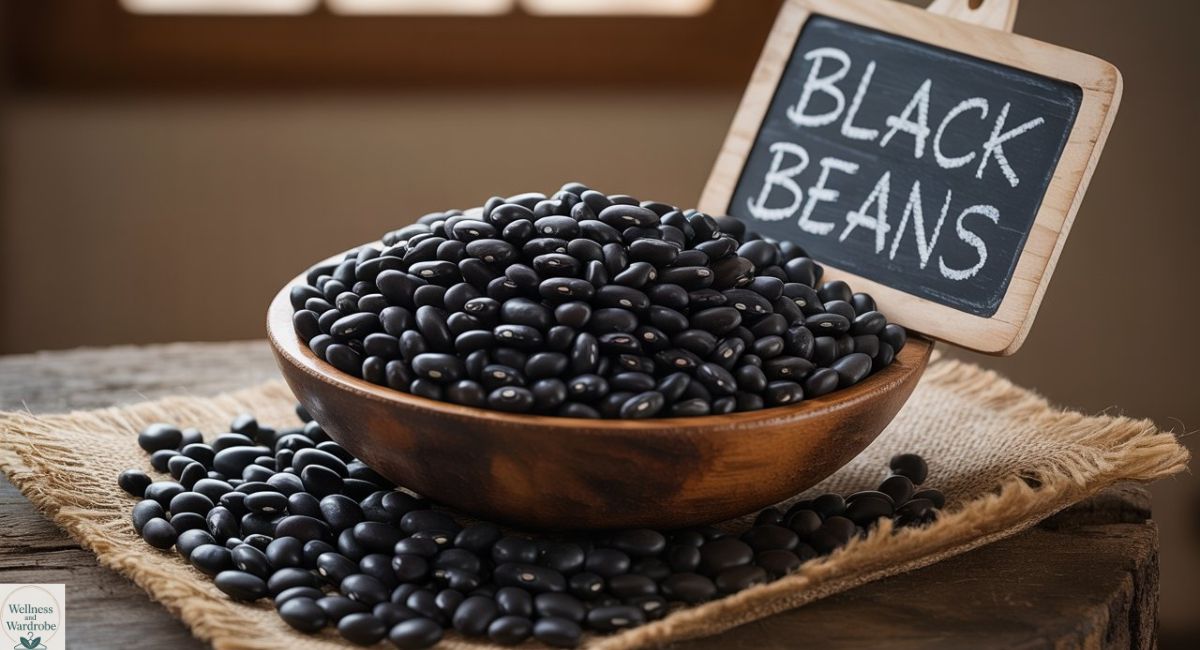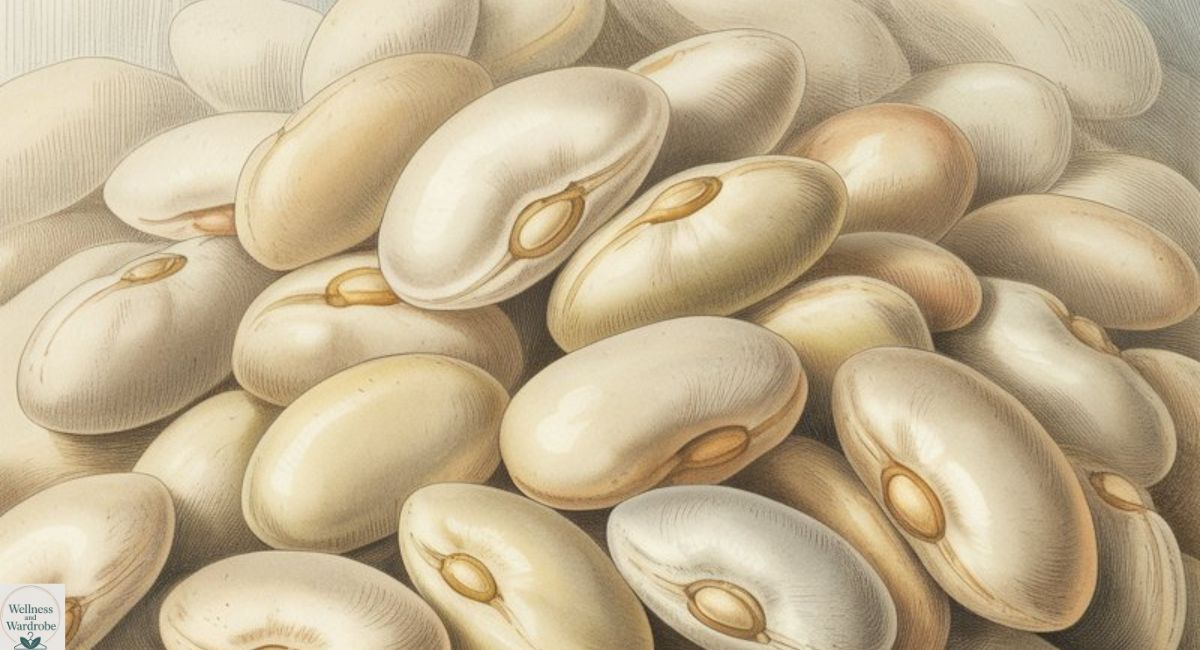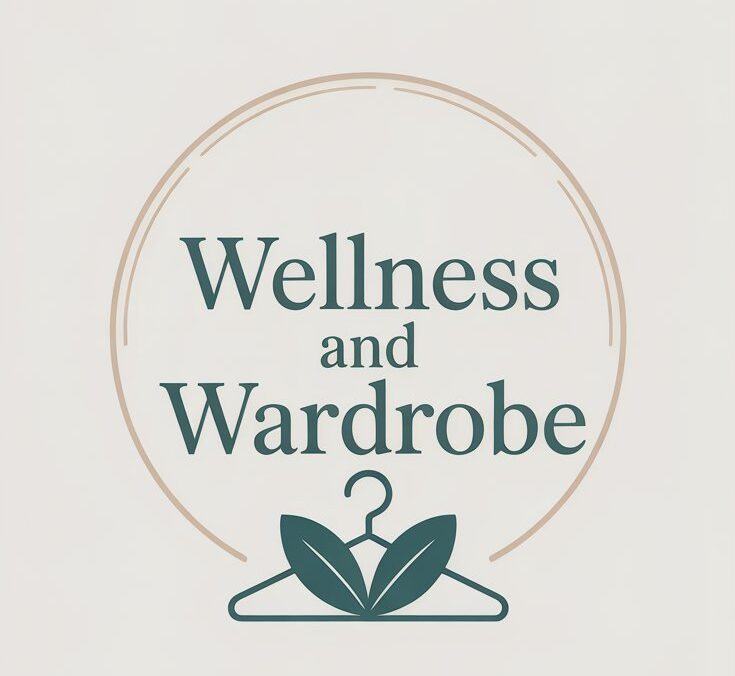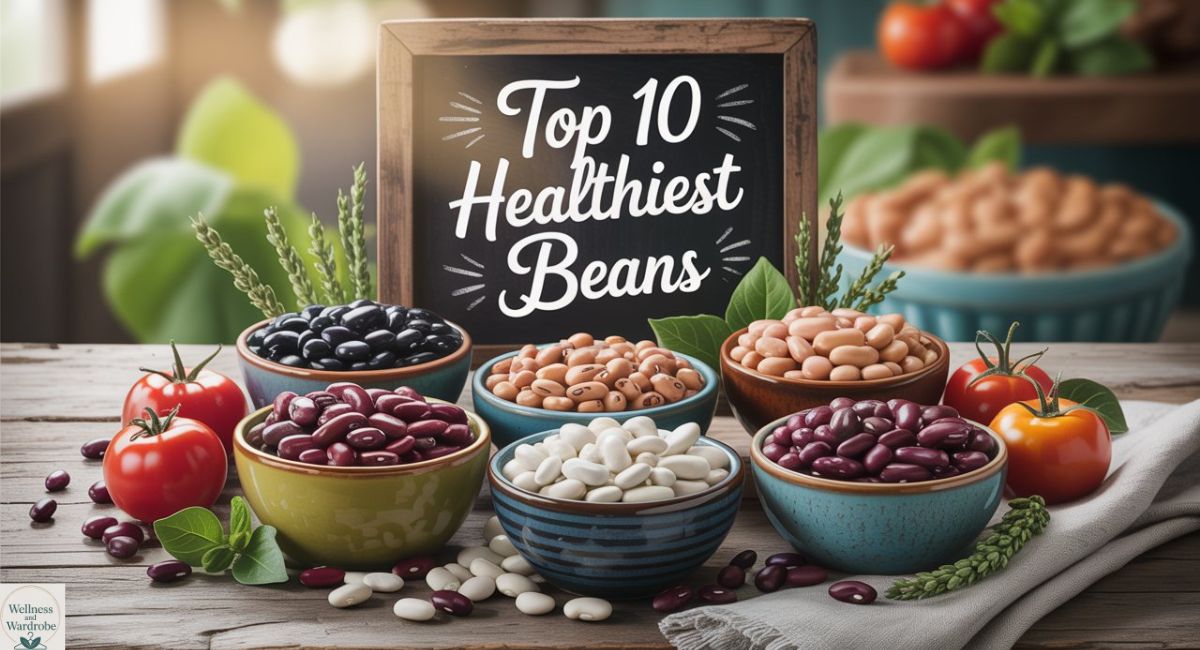Introduction
Beans are one of the most nutrient-dense legumes you can add to your meals. They’re packed with plant-based protein, dietary fiber benefits, and essential minerals that support your health. Whether following a plant-based diet or just wanting to eat better, Healthiest Beans are a smart and affordable choice. They’re low-fat, high-protein foods that help manage weight, balance blood sugar, and improve digestion. Regular legume consumption has been linked to longer life and better heart health. In this guide, you’ll discover the healthiest beans to eat, why they’re good for you, and how to add them to your diet easily—no complicated cooking required.
What Makes Beans Healthy?
Beans are packed with plant-based protein, making them a great meat alternative in plant-based diets. They are high in fiber, rich in minerals, and low in fat. Many beans are also magnesium-rich foods and offer a good source of Folate, which supports healthy cells.
Beans are also considered low glycemic index foods, meaning they digest slowly and help manage blood sugar. Their high fiber supports digestion and makes you feel full. This is why beans are great gut health foods and helpful for weight loss.
Top 10 Healthiest Beans You Should Include in Your Diet
1. Black Beans

Black beans’ health benefits include supporting the heart, brain, and digestive health. They are rich in antioxidants in legumes that fight cell damage. These healthiest beans are also high in protein and fiber.
A half-cup of black beans gives you about 7g of protein and 6g of fiber. This makes them a smart choice for low-fat, high-protein foods. You can enjoy them in rice bowls, soups, and tacos.
2. Chickpeas (Garbanzo Beans)
Also known as Garbanzo beans (chickpeas), these are great for blood sugar control. Their firm texture works well in salads or roasted as a crunchy snack.
They are full of protein, iron, and B vitamins. Chickpeas are especially good for a type 2 diabetes diet and offer steady daily energy.
3. Lentils
Lentils are quick to cook and full of nutrients. They contain resistant starch, which helps digestion and stabilizes blood sugar. Lentils are also a rich source of iron and fiber.
They are excellent for heart and gut health. These legumes support colon health and SCFAs, promoting a healthy digestive tract. Lentils also have a strong place in heart disease prevention foods.
4. Kidney Beans
Kidney beans’ glycemic index is low, making them ideal for those managing blood sugar. Their dark red color shows they’re packed with antioxidants.
Kidney beans are high in dietary fiber, support heart health, and offer a lot of protein. Add them to chili or pasta for a filling, healthy meal.
5. Navy Beans
Navy bean nutrition includes high levels of magnesium, fiber, and protein. They are very soft when cooked and blend well into soups and stews.
They help reduce cholesterol and support blood pressure control. Navy beans are excellent high-fiber foods for older adults, too.

6. Pinto Beans
Known for their creamy texture, pinto beans have a high fiber content. They help lower cholesterol and improve digestion.
They are common in Latin dishes, often mashed or served whole. Pinto beans are also excellent low-fat, high-protein foods.
7. Soybeans (Edamame)
Soybeans are unique because they are a complete protein. They support muscle health and hormone balance.
They are rich in plant-based protein and magnesium-rich foods. Eat them steamed as edamame or add them to stir-fries and rice dishes.
8. Peas
Peas are often overlooked but are a solid source of gut-health foods. They are also packed with vitamins and minerals.
Green peas are good in soups, curries, or as a side. They support legumes and heart health by providing plant protein and fiber.
9. Lima Beans
Lima beans’ potassium content helps regulate blood pressure. They are also high in iron and fiber.
These beans are creamy and slightly sweet. They’re ideal in stews and casseroles and help with beans for cholesterol control.
10. Lupini Beans
Lupini beans are one of the most nutrient-dense legumes. They are high in protein and extremely low in carbs.
Lupini is growing in popularity in health food circles. They support beans for blood sugar control and gut health through resistant starch.
Health Benefits of Eating Beans
Beans offer many benefits that support lifelong health. A regular legume consumption study shows they reduce the risk of heart disease, stroke, and diabetes. Their fiber lowers cholesterol and supports heart disease prevention foods.
Beans help balance blood sugar. They’re an essential part of the type 2 diabetes diet. Eating beans daily supports weight loss and gut balance, and reduces cravings.
Are Canned Healthiest Beans?
Healthy canned beans are convenient and still nutritious. They’re pre-cooked, shelf-stable, and easy to use. You can enjoy cooking beans at home or canned to save time and get the healthiest benefits.
Watch out for the sodium and added sugar in refried and baked beans. Always read the label. Look for low-sodium refried beans and rinse before eating to reduce salt.
| Bean Type | Watch Out For | Best Tip |
| Baked Beans | Added sugar in baked beans | Choose reduced-sugar versions |
| Refried Beans | Refried beans sodium | Look for fat-free or low-sodium refried beans |
| Canned Beans | BPA lining, salt | Rinse well, choose BPA-free cans |
Beans to Limit or Avoid
Not all beans are healthy. Some processed beans lose their benefits. For example, the sugar content of baked beans is often too high. They are loaded with sweeteners and sauces. Compared to the healthiest beans, these options fall short in nutritional value.
Also, some refried beans’ sodium levels are extreme. They may be cooked with lard or contain harmful additives. Always read nutrition labels and make smart swaps.
How to Add Beans to Your Diet
Start simple. Add beans to soups, salads, tacos, or stir-fries. Try mixing lentils with rice or mashing chickpeas into spreads. These are easy ways to enjoy the healthiest beans in everyday meals.
To help with digestion, soak dried beans overnight or use canned beans. Cook them with herbs like bay leaves, ginger, or cumin. This helps reduce gas and improve nutrient absorption.
Common Myths About Beans
Many people think beans are bad for digestion. But they’re top gut health foods. The trick is to prepare them properly to enjoy the healthiest beans without discomfort.
Another myth is that beans aren’t high in protein. In truth, they’re packed with plant-based protein and excellent for low-fat, high-protein diets.
Tips from Dietitians on Eating Beans the Right Way
Experts suggest eating half a cup of beans at least four times weekly. Combine them with whole grains for complete protein. If you’re new to beans, start small to gradually let your body adjust to the healthiest beans.
Dietitians also say to choose a variety of types of beans. Rotating different kinds of offers gives beans more nutritional value and avoids boredom. They recommend soaking and cooking beans slowly for better digestion.
FAQS
What is the number one healthiest bean to eat?
Black beans are often considered the healthiest due to their high fiber, antioxidants, and plant-based protein content.
What beans are highest in protein?
Soybeans (edamame) have the highest protein, offering around 18 grams per cup, making them ideal for low-fat, high-protein foods.
Can I eat beans every day?
Eating beans daily is safe and beneficial—they support gut health, heart health, and blood sugar control.
What beans burn the most fat?
Pinto and black beans are rich in resistant starch, which boosts metabolism and supports weight loss.
Are beans healthier than rice?
Yes, beans have more fiber, protein, and nutrients than rice, making them a better choice for most type 2 diabetes diets.
For more Fashion tips and health guides, visit our Home page.
Final Thoughts
Beans are more than just a side dish. They are pulses vs legumes that carry huge nutritional power. Whether you’re aiming for beans for diabetes, gut support, or better heart health, they’ve got you covered.
The healthiest beans for optimal nutrition are a perfect addition to your meals. There’s a bean for every goal, from kidney beans’ glycemic index to black beans’ health benefits. Start adding them today for a better, healthier tomorrow.
To improve your overall liver health while adding more nutrient-dense legumes, check out our 7-Day Meal Plan for Fatty Liver: Complete Guide to Healing Your Liver Naturally. It’s a simple, easy-to-follow plan that works well alongside high-fiber foods like beans.

Welcome to the Khaani Brothers! I’m Sharjeel Khan, an AI-powered SEO and content writer with 03 years of experience. I help websites rank higher, grow traffic, and look amazing. My goal is to make SEO and web design simple and effective for everyone. Let’s achieve more together!

